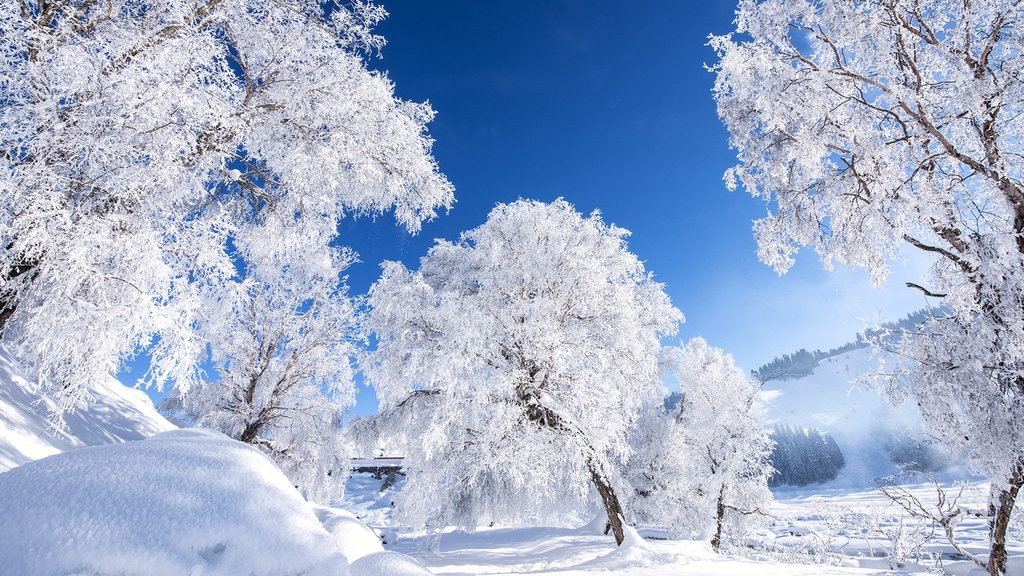In the vast and diverse landscape of China, the arrival of Major Snow, known as ‘Daxue’ in Mandarin, heralds a time of profound transformation. This solar term, the 21st of the traditional Chinese calendar, falls on December 7th, ushering in an era of deep winter. It’s a period that carries significant cultural and natural importance, marking a shift in the season’s rhythm and landscape.
Major Snow is not just a meteorological phenomenon; it’s a cultural marker deeply ingrained in Chinese tradition. It signifies the entry into midwinter, a time when the air grows crisper, the days shorter, and the nights longer. Across the country, especially in the northern regions, the landscape begins to wear a mantle of white. Snow blankets the fields, mountains, and cities, transforming the environment into a serene, frosty wonderland.
This period is characterized by a dramatic drop in temperatures, but it’s also a time of great beauty. Nature, in its most artistic form, paints the landscapes with intricate patterns of frost and ice. Icefalls cascade down mountain sides, rivers and lakes freeze over, creating spectacular scenes that seem to be from a dream. The snow-covered Great Wall, the frozen lakes of Beijing, and the snow-clad terraces of the north create a visual feast, each offering a unique perspective on the season’s beauty.
Major Snow is not only about the natural beauty; it also holds a special place in Chinese culture and daily life. It influences the agricultural calendar, signaling farmers to prepare for the colder months. It’s a time for people to gather, share warm meals, and partake in traditional activities. In the culinary world, this period encourages the preparation of hearty, warming foods to combat the cold, reflecting the harmony between human life and the natural world.
The beauty of this season extends to various festivals and traditions that celebrate the snow and ice. Ice lantern festivals, skiing events, and snow sculpture competitions are common, drawing visitors from across the globe. These festivities are not just for entertainment; they’re a celebration of the season, an embrace of the cold, and a demonstration of how life thrives even in the depths of winter.
In literature and art, Major Snow has been a source of inspiration for centuries. Poets and painters have long been captivated by the serene beauty of the snow-clad landscape, using their art to interpret and express the feelings evoked by this season. This has enriched Chinese culture, adding depth and beauty to its artistic heritage.
Major Snow also serves as a reminder of the resilience and adaptability of nature and humanity. As the cold sets in, life adjusts and continues. People bundle up, homes are heated, and life goes on amid the snow and ice. This adaptability is a testament to human ingenuity and the enduring spirit of the community.
In conclusion, Major Snow is much more than a climatic shift; it’s a cultural event that touches every aspect of life in China. From the natural beauty it bestows upon the landscape to the cultural practices it influences, Major Snow is a time of celebration, reflection, and appreciation for the rhythm of the seasons. As the country enters this snowy period, it’s an invitation to witness and partake in one of nature’s most magnificent transformations.
READ MORE:
